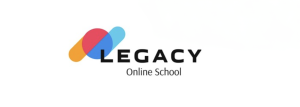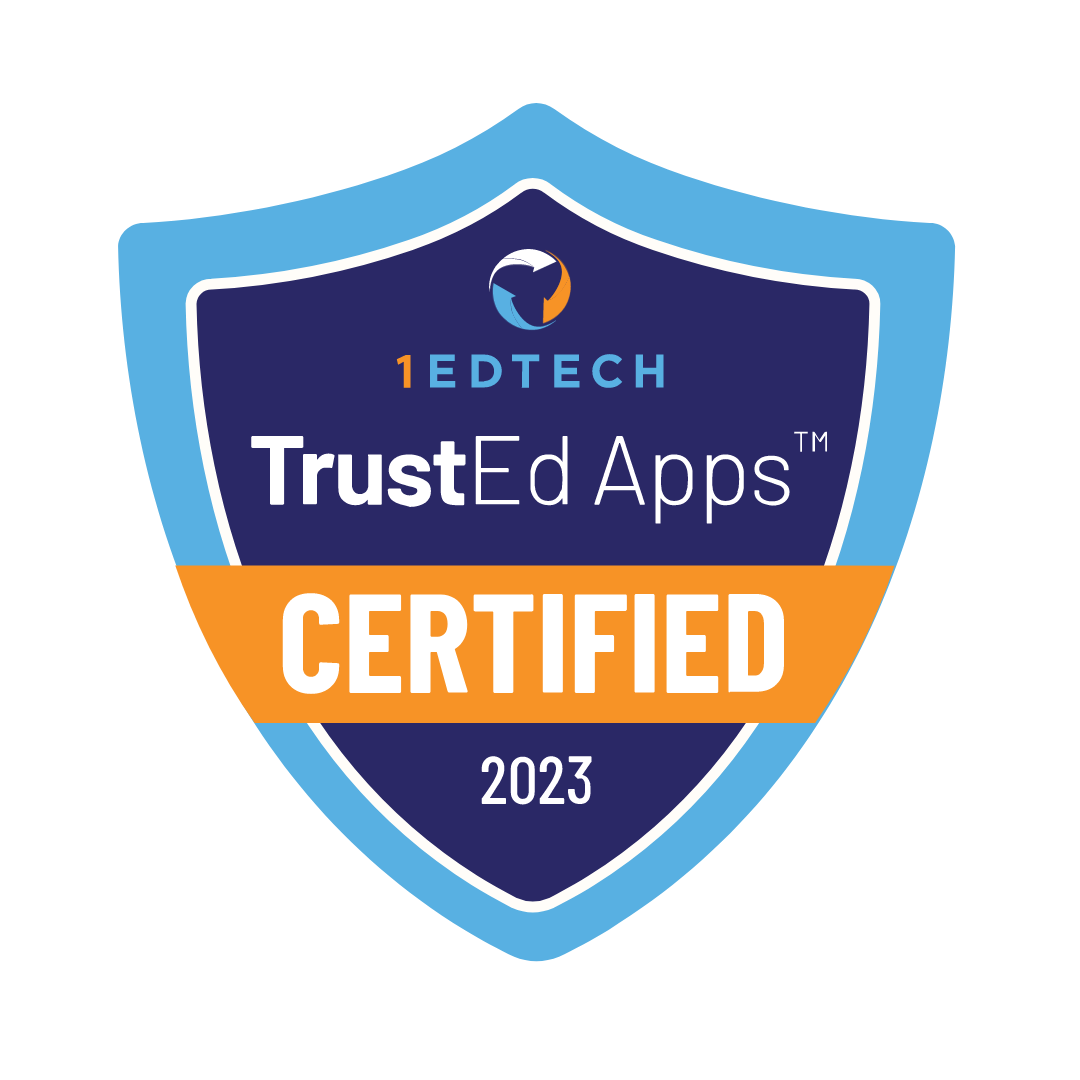Contents
Online education brings a lot of flexibility in the learning process. Online schools allow students to combine academics with work, extracurricular activities or family commitments. Online education stays comprehensive in providing a variety of subjects and special programs including credit recovery schools’ programs.

Online credit recovery schools are schools providing aid to students who fall behind in studies. They give students an opportunity to catch up on credits required for graduation. These schools provide special programs allowing the students to take again the courses they failed or did not take. Online credit recovery schools programs are flexible, and students have the opportunity to finish education at their own pace.
How Do Credit Recovery Schools Differ from Other Schools?
89% of high schools in the U.S. offered at least one credit recovery course to the students, according to the study “Landscape of High School Credit Recovery in U.S. Public Schools: Perspectives from District Leaders”. 71% of these schools offer credit recovery using online courses. Credit recovery programs are focused on getting diplomas and filling gaps in the student’s education. We’ll review key differences between online credit recovery school and others.

Wide Schedule
Credit recovery schools offer students flexibility in pacing. Students don’t have a typical semester schedule and have the opportunity to complete courses while attending work, sports or family commitments. Students recover credits more efficiently without the pressure of keeping up with a class.
Targeted Learning
Online credit recovery schools give students the opportunity to work only on areas they need to improve. Students don’t need to study for the full program from the start. This saves time and allows students to recover credits in a much easier way.
Flexible Delivery
Students have the opportunity to learn at any time from any place. It helps students with busy schedules and students who need to move frequently. Credit recovery programs offer students self-paced learning, allowing them to spend more or less time to complete assignments and pass exams.
Individual Learning Plan
Students receive an individual learning plan to fit their particular needs. Students are assisted by teachers and counselors to check their progress. It allows students to earn credits for diplomas and receive quality education.
Supportive Environment
Credit recovery schools offer students a motivational learning environment. Students are working to regain lost academic credits and build confidence to succeed. Students receive the support they need from teachers. The learning process stays engaging and interactive to help students graduate effectively.

How to Enroll in a Credit Recovery School?
We’ll explain the steps you need to take to enroll in an online credit recovery school.

School Research
You need to find the available programs for credit recovery. Some credit recovery schools have online and in-person programs. You better focus on schools with full accreditation and positive reviews from students and educational authorities. Online credit recovery programs are offered by many online schools so you have the option to find one best for your needs.
Eligibility Requirements
Credit recovery schools have eligibility requirements. Some schools have assessments of courses students want to take over. Students and parents need to check the school’s website or speak with an advisor to verify the criteria before application.
Application
You need to complete your application. Application process typically involves sending transcripts from your last school attended and listing what classes you will need to recover. Online credit recovery schools offer an easy-to-use application process on their website.
Arrangement of Financial Aid
Some credit recovery programs have prices. You have the opportunity to have financial aid and scholarship opportunities if you are eligible. Some online credit recovery programs are working under public school and provide credit recovery with no additional cost.
Starting Classes
Students usually undergo orientation to get used to the online platform. This orientation includes how to navigate the coursework, how to turn in assignments, and how to communicate with the instructors. Students start their courses after orientation, focusing on recovering credits needed for graduation.
What Should Students Expect from the Credit Recovery Process Online?
“I wish she would’ve, like, asked us about our day. Instead of getting straight to work and being in seats”
Student’s feedback from research “Recovering Course Credit Early in High School: What Works According to Students?”

Students have regular contact with their teachers through virtual meetings or chat systems to check their progress. Students receive continuous feedback from their teachers regarding any areas they need further improvement. Kids have benefits in their learning receiving one-on-one attention from the instructor, according to research by American Institutes for Research (AIR).
Credit recovery process is flexible and focused on students. Students learn at their own pace and complete courses faster or slower. Credit recovery programs created around areas where students struggled, making the process more efficient. Students engagement is a critical factor to recover credits, according to the study “Patterns of Student Engagement in the Online Program”.
Assignments are online, and all learning materials, videos, and interactive tools available for students at any time. Students need to complete assessments or examinations at the end of every module to earn credits.
What Challenges Should Students Be Prepared For?
Students need to be prepared for some specific challenges during their credit recovery process.

Motivation
Students learn in a self-paced way, so they need to develop self-motivation. It is easy to fall behind if students do not handle their time effectively. Students need to build their learning routine and continue to work on materials every day.
Discipline
Credit recovery schools require student’s discipline on a completely different level. Kids are responsible for their assignments completed in time. They track their own progress and ask for help if they struggle.
Learning Process
Problematic learning areas need extra attention and can be challenging for students. Educational resources in different styles such as video, interactive media are helpful, but students still need to stay focused.
Technology
Students sometimes struggle with online-only education without face-to-face connection with teachers and peers. Poor internet connectivity or using obsolete devices creates technical issues for students attending online credit recovery classes.
Social Stigma
Kids need to be prepared for the potential stigma surrounding credit recovery programs. They often feel ashamed for having to retake credits. Students focus on benefits and long-term goals, such as graduation and future success, to avoid these feelings.
How Can Legacy Online School Help?

Legacy Online School offers self-paced learning, providing students with the flexibility to navigate their educational journey at their own speed. Self-paced learning encourages students with self-discipline, time management, and development of valuable skills for lifelong learning. Students are allowed to finish grades and school faster and go ahead.
Legacy Online School has the option of attending part-time courses with teachers and mentor support. Legacy Online School provides STEM Diploma Endorsement and support from an Advisory Council. This support allows students to succeed in their college preparation.
Our school’s curriculum won “The Best Homeschool Curriculum, Products & Resources!“ award. This win shows the school’s strong focus on quality, innovation, and helping students succeed.
Our school offers students flexible learning opportunities, personalized curriculum planning, and continuous support from instructors and teachers. It’s very important for the credit recovery process for each student. Our students are surrounded by attention to their needs, leading them to succeed and graduate.
Enroll with us today and change your child’s education!











